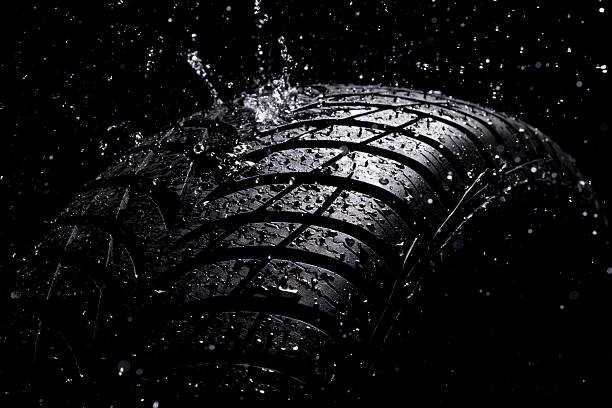A Brief Explanation of What You’re Paying For Your Tyres
The technology in today’s Michelin Tyres Birmingham is amazing. Natural and synthetic rubber, which makes up around half of a tyre’s weight, is by far the most common material utilised. Additional main components in the manufacture of tyres include carbon black, silica, oil, sulphur, and steel.
A tyre is more than just a big ring of black rubber; under its rubber shell, it has numerous hidden layers, each of which serves a specialised purpose.
Look at the construction and makeup of a tyre as we examine its anatomy.
Composition
Each tyre maker chooses materials based on advanced technology, and each component gets designed with a particular function in mind while working in unison with every other component. Three categories of composition exist:
Rubber
A car tire’s primary materials are natural and synthetic rubber, commonly referred to as polymer. These materials offer a high level of slip resistance depending on the type, as well as the desired flexibility after processing. Aside from that, rubber’s drawbacks include its rapid deterioration, ability to either become soft or hard depending on the temperature and quick wear.
The natural rubber from rubber trees is mainly extracted on large farms. The technique involves slicing the tree’s bark and collecting the milky sap. Perhaps you’ve heard of latex as the milky sap. Synthetic rubber, on the other hand, has the benefit of being able to change its characteristics.
Fillers
The rubber frequently obtains fillers. Chalk, carbon black, silica, or carbon are examples of these fillers. Since rubber may crumble on its own, especially as a result of breaking, they bond the rubber and increase its resistance to wear. To mitigate this impact and extend the life of your tyres, we employ fillers. However, this can somewhat harden the rubber composition.
The colour of tyres is also a result of fillers. First, carbon black filler is mainly used to give the tyres their colour. Even though additional fillers and thus other colours entered the picture later, coloured tyres never managed to break through. Tyres are still black because of this.
Unlike the early days, we now employ silica in the compound while making tyres. Silica is the salt of silicic acid. This chemical links the rubber and sulphur very well, which is necessary for the subsequent vulcanization of the tyres. During this procedure, heat is mainly applied to the tyre material to join the chemical bonds of the various constituents and produce elastic rubber. This enables us to offer good mileage without compromising other assets.
Construction
- Polyester is a material used as reinforcement for the body plies of a passenger tyre, giving it strength and damage resistance.
- Artificial fibres used in passenger tyre body plies include rayon, nylon, and kevlar.
- A number of components are usually mixed and moulded together to create a single tyre. The casing encloses every inside component of the tyre, save the belt.
Tyre Layers Include:
1. Tread
The visible outside layer of a tyre that makes direct contact with the road surface is the tread. It offers cushioning, traction on the road, and water ejection, and it weighs around one-third of the weight of the complete tyre. typically constructed with a rubber composition that has a stronger grip and is more abrasion-resistant to offer traction and cornering skills.
2. Belt
The belt behind the tread adds strength and stability without adding too much weight. It boosts the tyre’s mileage performance, safeguards the tyre carcass, and aids in maintaining shape while fending off the centrifugal force of a spinning tyre. Additionally, it collaborates with the sidewall and tread of the tyre to improve traction and handling.
3. Body ply
Plies, which are layers of cloth designed to bend without stretching, make form the skeleton of a tyre and are underneath the belt. They increase strength and improve rolling resistance and directional stability. The majority of passenger tyre casings are multi-ply; nylon and rayon are also utilized owing to the somewhat different advantages they offer, but polyester is frequently used since it clings well to rubber.
4. Inner lining
This airtight inner tube, used as an air seal inside the tyre and located beneath the body plies, gets filled with air when inflated.
5. Bead
The bead’s purpose is to firmly fasten the tyre to the wheel. Beads of a steel loop made from bundles of thin steel wire of bronze or brass, followed by rubber to prevent corrosion.
6. Sidewall
There is a unique rubber blend used to create the thicker rubber component that covers the tread and bead. It gives the tyre stability and suppleness is weather-resistant and is resistant to abrasion and external damage.
Conclusion
All of the other parts of a tire’s construction provide essential performance and safety roles, even though rubber makes up the tread and serves numerous critical tasks. Each component works in concert with its unique material features to produce a finished good that is beyond the scope of the naked sight.
I hope this information will help you comprehend what you’re getting for your money when you buy a new pair of passenger Car Tyres Birmingham.

